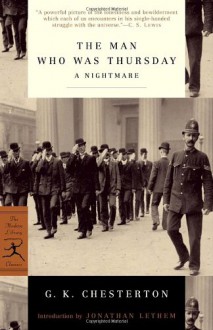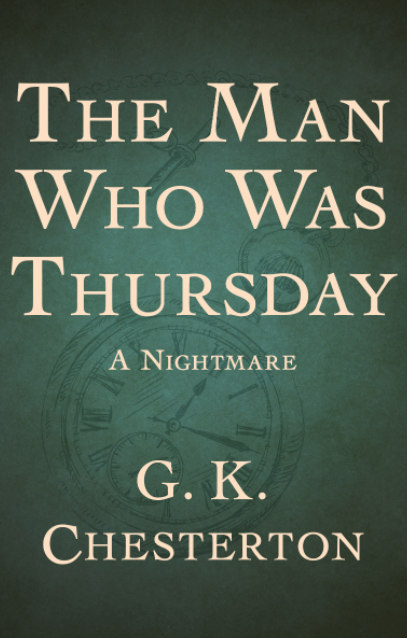










Let me break down each tale, by telling you which ones I loved and which I did not.
I loved The Tell-Tale Heart. This is a story of how your own conscience can betray you and give you up. I also really enjoyed The Murders In The Rue Morgue. It was an interesting whodunnit with an unexpected outcome.
I did not like The Cask of Amontillado. It was just confusing and I don't get it at all.
I also did not like The Masque of the Red Death. I tell you this, the story made me never want to go to a ball and engage in revelry. Thankfully, I don't see any balls in my future. The rest of the stories were decent. And all-in-all I am glad I read some Poe. Another great classic writer that I can add to my read list!

Soldiers loyally following their Leader act on the advice of a small coal mining town’s traitor to take it over for the benefit of their ongoing war. The Moon Is Down by John Steinbeck is wartime novella about a how occupying soldiers learn that peaceful townspeople do not like being told what to do.
Taken by surprise, a small coastal town is overrun by an invading army with little resistance. The town is important because it is a port that serves a large coal mine. Colonel Lanser, the head of the invading battalion, along with his staff establishes their HQ in the house of Orden, the democratically elected and popular Mayor. As the reality of occupation sinks in and the weather turns bleak, with the snows beginning earlier than usual, the townspeople are getting angry and confused. Lanser, a veteran of many wars, tries to operate under a veil of civility and law, but knows that amongst those whose freedom has been taken away by force there are no peaceful people. A miner quits and when kills an officer who orders him back to work in the mine. After a summary trial, the man is executed by a firing squad, but the incident catalyzes the people of the town to begin resisting. Transportation and communication lines are taken out, mine machinery breaks down often, and whenever soldiers get comfortable, they are killed including a young lieutenant infatuated with the widow of the miner who stabs him to death before escaping to the hills. The cold weather and the constant fear destroy the occupying force’s morale, many of whom wish the war to end so that they can return home. Members of the resistance escape to England and ask the English for explosives so that the townspeople can intensify their efforts. English planes parachute-drop small packages containing dynamite sticks and chocolates all around the town. In a state of panic, Lanser takes the Mayor and his friend Dr. Winter, the town doctor and historian, hostage and lets it be known that any guerilla action will lead to their execution. Mayor Orden knows his people will not stop active resistance and accept his imminent death. Knowing that the townspeople will use the dynamite any moment, Orden and Winter discuss Socrates in front of a stunned Lanser until the first explosion. Orden calmly walks out the door before Lanser can verbally order his execution.
Published in the spring of 1942, Steinbeck wrote this obvious propogandist novella to inspire the Allied war effort and through clandestine publishing in occupied Europe to inspire resistance fighters against their German occupiers as well as collaborators. While the town and country are unnamed, it was not hard to tell it was Norway given the clues Steinbeck sprinkled throughout the text.
The Moon Is Down is also a wonder example of John Steinbeck’s writing that is a quick read for anyone deciding if they want to read his more famous works to learn his style. While written for more political than literary purposes that does not diminish the impact of the narrative nor does Steinbeck not put in his best work.